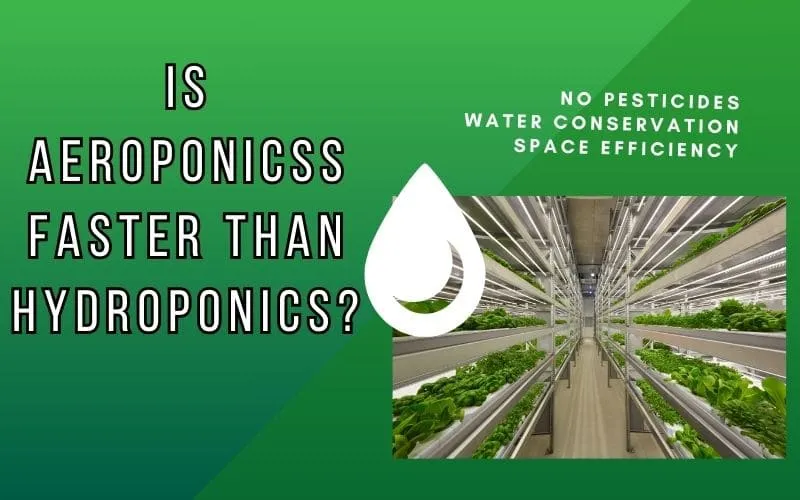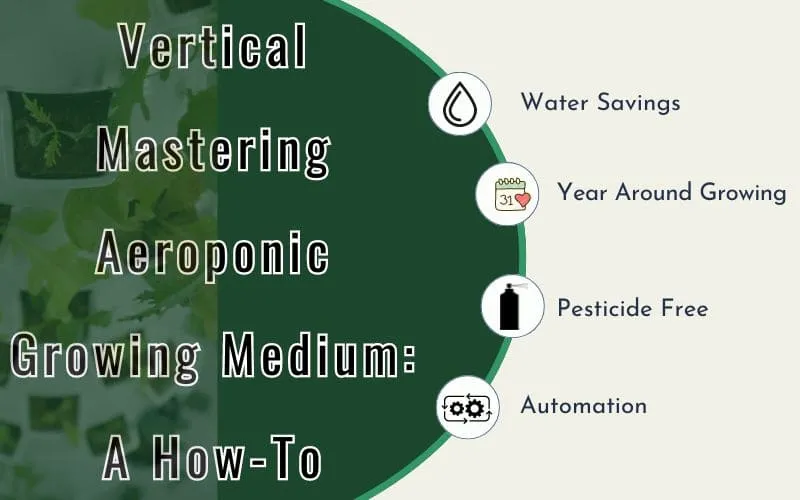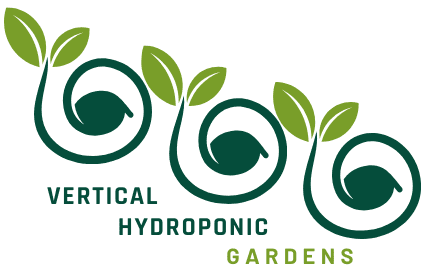Only water or do aeroponics need fertilizer?

Introduction
Welcome to our guide on fertilizing aeroponics systems. In this article, we will explore the benefits of fertilizing aeroponics systems, different types of fertilizers suitable for aeroponics, best practices for fertilizing aeroponics systems, and conclude with essential insights to enhance your understanding of this innovative gardening method.
Benefits of Fertilizing Aeroponics Systems
1. Nutrient Absorption Efficiency
Fertilizing aeroponics systems significantly enhances the nutrient absorption efficiency of plants. The fine mist of nutrient solution in the root zone allows for direct and effective absorption, promoting optimal plant growth and health.
2. Customization of Nutrient Mixtures
A key advantage of fertilizing aeroponics systems is the ability to customize nutrient mixtures according to specific plant requirements. This flexibility ensures that plants receive the precise blend of nutrients essential for their growth and development, contributing to superior crop quality.
- Enhanced Plant-Specific Formulations: Aeroponic systems enable growers to tailor nutrient mixtures to the specific needs of different plant varieties. This level of customization ensures that each plant receives a balanced blend of macro and micronutrients, optimizing its growth and health.
- Targeted Nutrient Delivery: The ability to adjust nutrient mixtures allows for targeted delivery of essential elements, resulting in improved nutrient absorption and utilization by the plants. This targeted approach minimizes waste and enhances the overall efficiency of nutrient uptake.
- Adaptability to Growth Phases: Customized nutrient mixtures can be adjusted to cater to the varying nutritional requirements of plants during different growth stages. This adaptability ensures that plants receive the right balance of nutrients at each stage, promoting robust growth and development.
3. Plant Growth and Yield Improvement
Through proper fertilization, aeroponics systems facilitate robust plant growth and substantial yield improvement. The efficient delivery of nutrients directly to the roots fosters accelerated growth, resulting in bountiful harvests and enhanced productivity.
Types of Fertilizers for Aeroponics
1. Water-Soluble Fertilizers
Water-soluble fertilizers are a popular choice for aeroponics systems due to their rapid absorption and compatibility with the misting delivery method. These fertilizers, which are designed to dissolve readily in the nutrient solution, play a crucial role in ensuring efficient nutrient uptake by the plants. Let’s dive deeper into the details:
- Composition: Water-soluble fertilizers are typically formulated with a balanced blend of essential macro and micronutrients, including nitrogen, phosphorus, potassium, calcium, magnesium, and trace elements such as iron, copper, zinc, and manganese.
- Application: These fertilizers are well-suited for continuous feeding systems, and they can be easily incorporated into the irrigation process. The high solubility of these fertilizers facilitates uniform application and distribution, ensuring that all plants receive an equal share of the essential nutrients.
- Advantages: Enhanced solubility allows rapid nutrient uptake, promoting robust plant growth and development. Water-soluble fertilizers are also versatile, capable of addressing specific nutritional requirements at different growth stages. Additionally, the absence of insoluble residues minimizes the risk of clogging the misting nozzles, thereby maintaining the efficiency of the aeroponic system.
- Considerations: While water-soluble fertilizers offer numerous benefits, it is important to monitor the pH and electrical conductivity (EC) levels of the nutrient solution to prevent imbalances that could affect plant health. Regular testing can help ensure that the nutrient concentration remains within the optimal range for sustained growth and productivity.
2. Organic Fertilizers
Organic fertilizers offer a natural and sustainable choice for aeroponic systems, promoting soil health and microbial activity. They provide a wealth of essential nutrients and micronutrients, nurturing plants while enriching the growing medium.
- Benefits of Organic Fertilizers:
- Enhance soil structure and fertility over time
- Support beneficial microorganisms in the soil
- Reduce the risk of nutrient leaching and groundwater contamination
- Examples of Organic Fertilizers:
- Compost
- Manure
- Blood meal
- Bone meal
- Application of Organic Fertilizers:
- Layering organic materials in the grow bed or using as a top-dressing
- Creating compost tea for foliar application
3. Synthetic Fertilizers
Synthetic fertilizers are chemically manufactured to provide plants with specific nutrients essential for growth. These fertilizers contain concentrated forms of nitrogen, phosphorus, and potassium, along with secondary and micronutrients. The balanced composition of synthetic fertilizers ensures that plants receive a consistent supply of nutrients, promoting robust growth and development.
- Benefits of Synthetic Fertilizers:
- Provides precise and immediate nutrient delivery to plants.
- Supports rapid growth and development of plants in aeroponic systems.
- Ensures consistent nutrient supply for optimized plant health and vitality.
- Drawbacks of Synthetic Fertilizers:
- Excessive use can lead to soil and water pollution.
- May disrupt the natural microbial balance in the soil.
Best Practices for Fertilizing Aeroponics Systems
1. Monitoring Nutrient Levels
Regular monitoring of nutrient levels is crucial in aeroponics to maintain an optimal balance of essential nutrients. Conducting routine checks enables adjustments to the nutrient solution, ensuring the plants receive the precise nourishment they require.
- Testing Frequency: It’s important to establish a regular testing schedule, typically once a week, to monitor the nutrient levels in the aeroponics system. This consistent monitoring helps in identifying any fluctuations and allows for timely adjustments.
- Measurements and Tools: Utilize reliable measurement tools such as a digital EC (electrical conductivity) meter to accurately assess nutrient concentrations. Additionally, pH meters and TDS (total dissolved solids) meters are essential for comprehensive monitoring of nutrient levels.
- Macro and Micro Nutrients: Understanding the specific requirements of macro and micro nutrients for different plant species is crucial. By analyzing the nutrient levels at regular intervals, adjustments can be made to account for variations in plant growth stages and environmental conditions.
2. pH Balance
Maintaining the pH balance of the nutrient solution is vital for healthy plant growth in aeroponics. Regularly testing and adjusting the pH level ensures that the nutrient uptake remains efficient, preventing nutrient deficiencies and maintaining optimal plant health.
- Importance of pH balance in aeroponics
- Factors affecting pH levels in the nutrient solution
- Measuring and monitoring pH levels
- Adjusting pH levels in the nutrient solution
3. Preventing Clogs and Build-up
Preventing clogs and build-up in the misting nozzles is essential to ensure uninterrupted nutrient delivery in aeroponics systems. Regular cleaning and maintenance help to safeguard against blockages, preserving the effectiveness of the nutrient misting process. In addition to regular maintenance, there are several proactive steps that can be taken to prevent clogs and build-up, including:
- Installing a Filtration System: Utilizing a filtration system ensures that the nutrient solution entering the misting nozzles is free from debris, minimizing the risk of clogs and blockages.
- Using Quality Nutrients: Choosing high-quality, organic nutrients can reduce the likelihood of sediment build-up and clogs within the misting system.
- Checking Nozzles Regularly: Periodically inspecting the misting nozzles for any signs of build-up or residue can help to address potential issues before they escalate.
- Adjusting Misting Schedule: Fine-tuning the misting schedule based on environmental conditions and plant growth stage can optimize nutrient delivery and reduce the risk of clogs.
Conclusion
In conclusion, fertilizing aeroponics systems is paramount to achieving optimal plant growth, nutrient absorption, and overall productivity. By understanding the benefits of fertilizing aeroponics systems, selecting suitable fertilizers, and implementing best practices, gardeners can harness the full potential of this innovative cultivation method to cultivate thriving, healthy crops in a vertical hydroponic garden setting.



